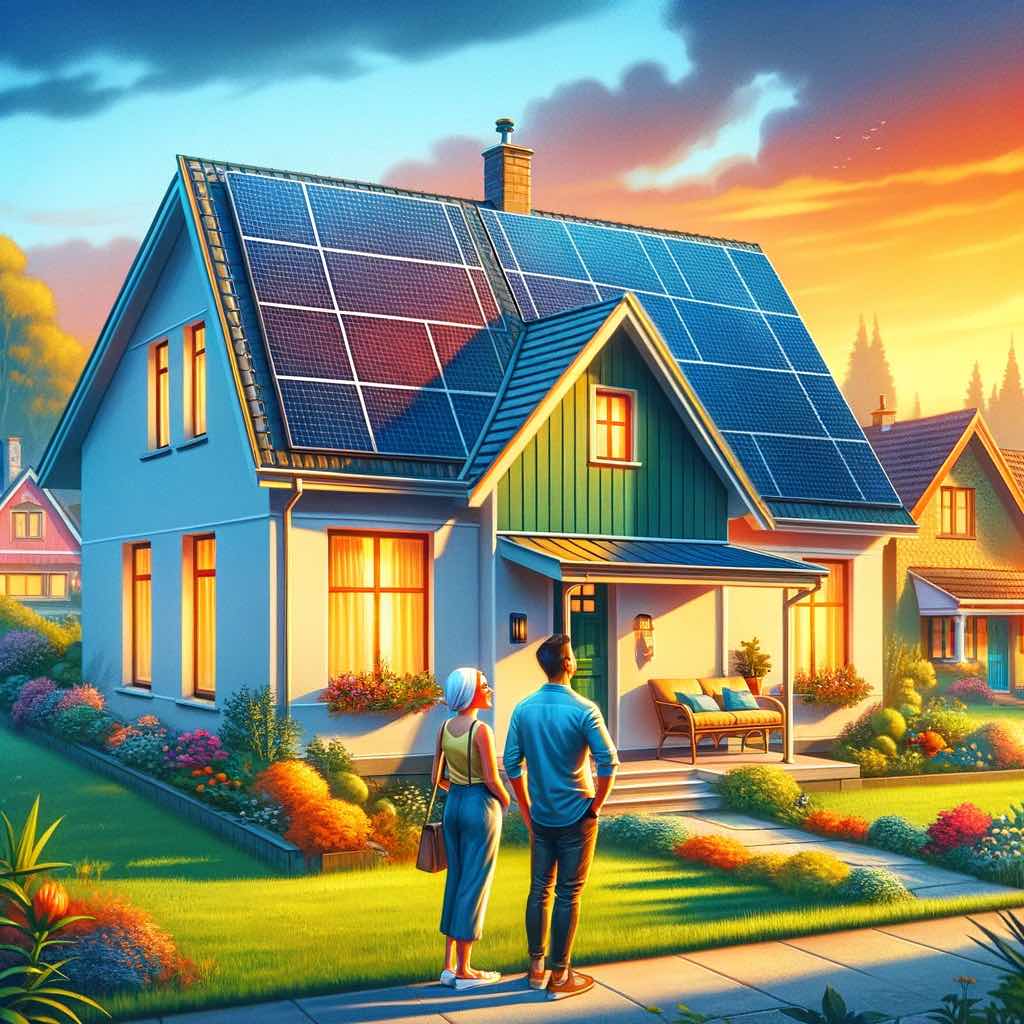Begin with Power Effectiveness
Making the home energy-efficient before setting up a renewable resource system will certainly conserve money on electricity expenses. Energy-efficiency enhancements can preserve power and protect against warm or amazing air from getting away. Property owners can acquire home energy analyses and mount appropriate insulation, air securing, and power CELEBRITY- qualified home windows, heating and cooling devices, cooking area home appliances, and lights systems. Smart water use, available daytime, proper landscaping, and native plants can also boost home efficiency.
Integrate Renewable Resource
As soon as home energy-efficiency improvements have been made, home owners are best placed to consider options for setting up a renewable energy system.
Geothermal Warm Pumps
Geothermal heat pumps, additionally referred to as ground resource or water resource heatpump, transfer warm right into and out of the home, making use of the ground as both a warm source and a heat sink. These pumps can attain efficiencies two to three times greater than commonly used air source heatpump (ASHPs), because they rely upon the reasonably consistent ground temperatures to move warmth to or from a home. Throughout much of the United States, the temperature of the upper 10 feet of the ground remains in between 45deg; deg; F and 75 deg; F, and usually in between simply 50deg; deg; F and 60 deg; F.read about it renewable-energy-advisors.com from Our Articles By contrast, air temperature levels can range, throughout a year, from below 0deg; deg; F to over 100 deg; F. Geothermal heatpump are lasting and durable, and specially outfitted systems can additionally supply hot water during the summer season. While buying and setting up a geothermal heatpump sets you back more than installing an ASHP system with comparable capacity, the added expenses can be redeemed with power financial savings in 10 to 15 years compared to ASHPs.
Solar Water Heating
Solar hot water heater utilize sunlight to warmth water for the home. Solar water heating unit use insulated tank and solar batteries to catch and retain heat from the sunlight, and warm circulating water. Solar hot water heater call for a back-up system, such as standard hot water heaters, when there wants sunshine.
Solar Power Equipments
Solar photovoltaic (PV) systems transform sunlight right into electrical power. Solar energy can produce all or a few of a homes electricity requires, relying on the number of photovoltaic panels utilized, and can warm water as well. With enough sunlight, PV systems can harness power in hot and cold climates. The standard foundation of a PV system is the solar battery. Numerous solar cells create modules called solar panels that vary in result from 10 to 400 watts. Panels are created to endure tornado and hail storm damage and are resistant to degradation from ultraviolet rays. They are highly dependable and require little maintenance. Panels are commonly organized with each other on a building roof or at ground degree in a shelf to form a PV array. The selection can be mounted at a fixed angle or on a monitoring gadget that follows the sun to make best use of sunlight capture.
Wind Power Solution
Small property wind energy systems can produce all or some of a homes electricity needs(if sufficient acreage and ordinary wind speeds are available) and can be incorporated with solar and battery storage to supply emergency situation back-up power. Wind wind turbines make use of the movement of the wind to transform a shaft attached to a generator, that makes electrical power. The dimension of the turbine and the rate of the wind identify how much electrical power it will certainly make. Regular domestic wind power systems have power scores varying from 5 to 30 kilowatts. To be an appropriate prospect for a wind system, a homeowner needs to contend least one acre of land and reside in a location that has an average annual wind speed of at least 10 miles per hour. The wind turbine tower elevation ought to be selected based on the elevation of neighboring wind blockages, such as structures or greenery, and are usually 60 to 140 feet high.
Approximated Expenses
Federal and state rewards can dramatically minimize the in advance prices of installing a renewable energy system. The Data Source of State Motivations for Renewables Performance can help homeowners find incentives near them. Plus, renewable energy systems can spend for themselves in time. Grid-connected solar and wind systems are particularly cost-efficient because excess electrical energy is sent back to the power grid and can gain homeowners straight rebates or debts from regional energy companies.
- Solar PV systems cost concerning $3 per watt set up. A 7,000 watt (7 kilowatt) system therefore sets you back regarding $21,000 to install. Such a system would supply 20 to 35 kilowatt-hours of electricity each day, relying on environment, and can fulfill a lot of a households
- demand. Solar hot water systems can satisfy 50% of the warm water needs for a family members of four and generally expense between $5,000 and $7,000 to set up.
- Tiny wind power systems set you back an average of $5 per 120 kilowatts to install. Buying and installing a system can vary from $10,000 to $70,000, relying on local zoning, permitting, and energy interconnection prices.
Marketing Power
Numerous property owners can market any type of excess power their solar and wind systems create back to their energy providers and, therefore, pay off their renewable resource financial investments more quickly. The majority of states have actually developed web metering regulations for customers who generate excess electrical power via solar, wind, or various other systems and feed it into the grid. In internet metering, a bi-directional meter documents both the electricity the home draws from the grid and the excess electricity the home owners system feeds back into the grid.
